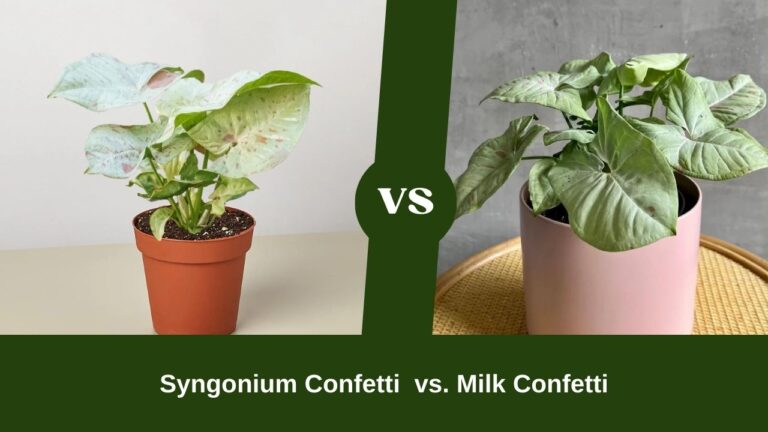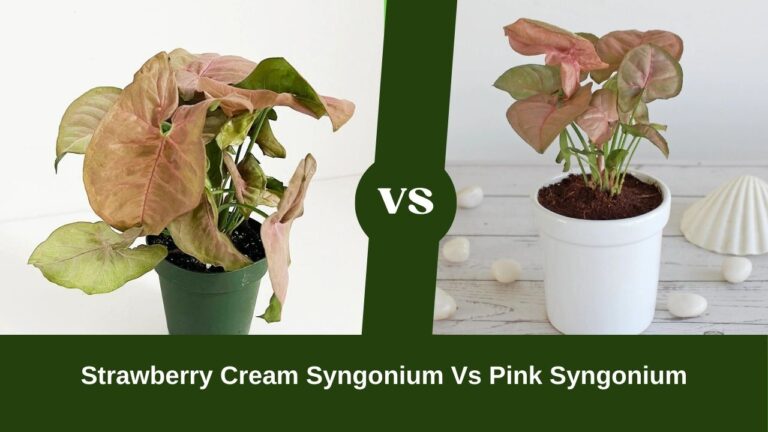When Should You Repot Snake Plant Cuttings?
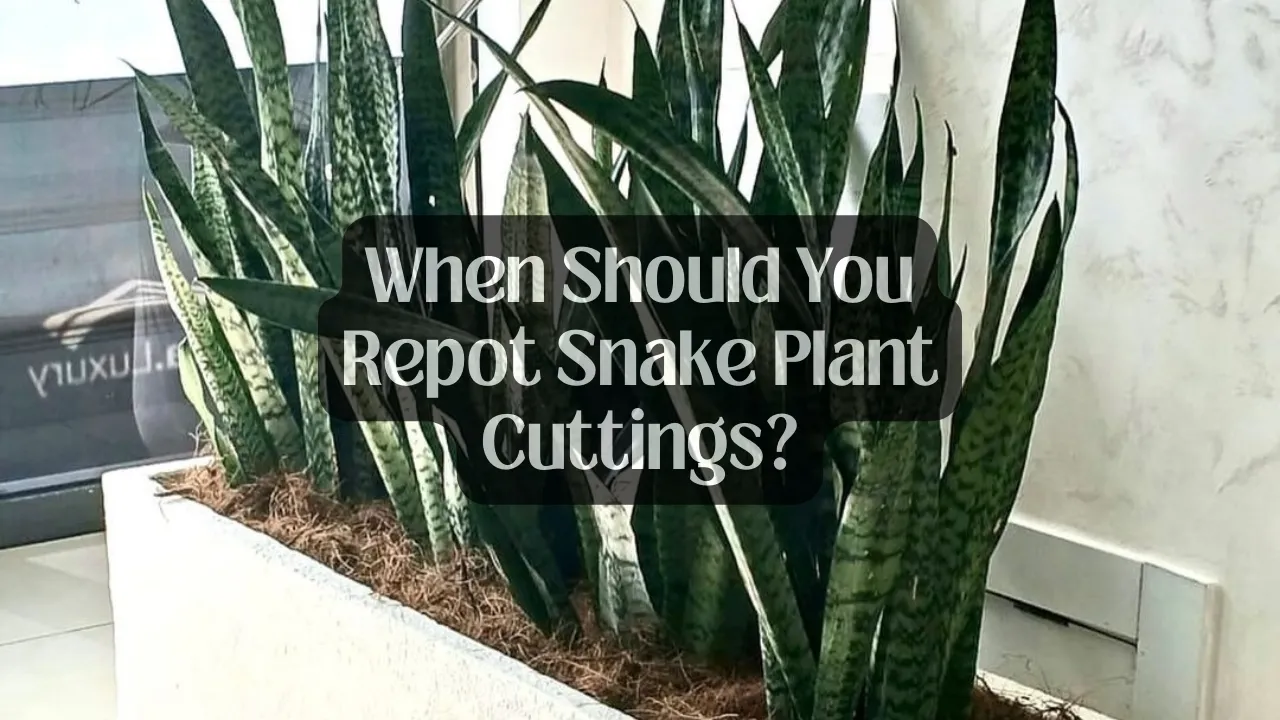
Snake plants are tough, beautiful, and easy to care for. But even these low-maintenance plants need a little TLC sometimes.
When Should You Repot Snake Plant Cuttings and How to? The signs that your snake plant needs repot include slow growth if the pot is too small, and fast water drainage. To repot the plant right, you need to gather the tool and start the process. Make the new pot, and then put the soil in an accurate amount. Don’t forget to remove the dead root!
Repotting your snake plant cuttings is a key part of their care. Let’s dive into why and how to do it right.
Table of Contents
5 Signs That Tell You Snake Plants Need Repotting

Snake plants don’t mind being a bit crowded, but there are signs that tell you it’s time for a new home.
- Roots peeking out: See roots coming out of the drainage holes? That’s a clear sign your plant needs more space.
- Slow growth: If your once-speedy grower seems to have hit the brakes, it might be rootbound.
- The pot looks too small: Trust your eyes. If the plant looks way too big for its pot, it probably is.
- It’s been a while: Even if you don’t see obvious signs, repotting every 2-3 years is a good rule of thumb.
- Water runs right through: If water drains super fast without soaking the soil, your plant might need fresh dirt.
How Do You Know Your Cuttings Are Ready for Soil?
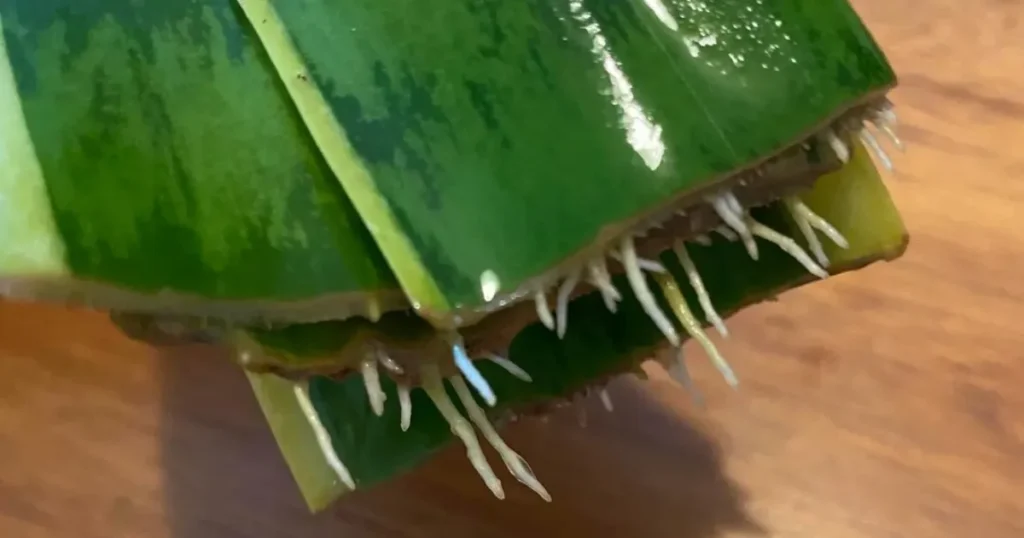
Before you repot, make sure your cuttings are ready. But how do you know the plants are ready to change the pot?
- Look for roots: Healthy roots should be at least an inch long.
- Check the leaves: New growth is a good sign your cutting is thriving.
- Time it right: Most cuttings take 3-5 weeks to root in water.
How Do You Repot Snake Plant Cuttings?
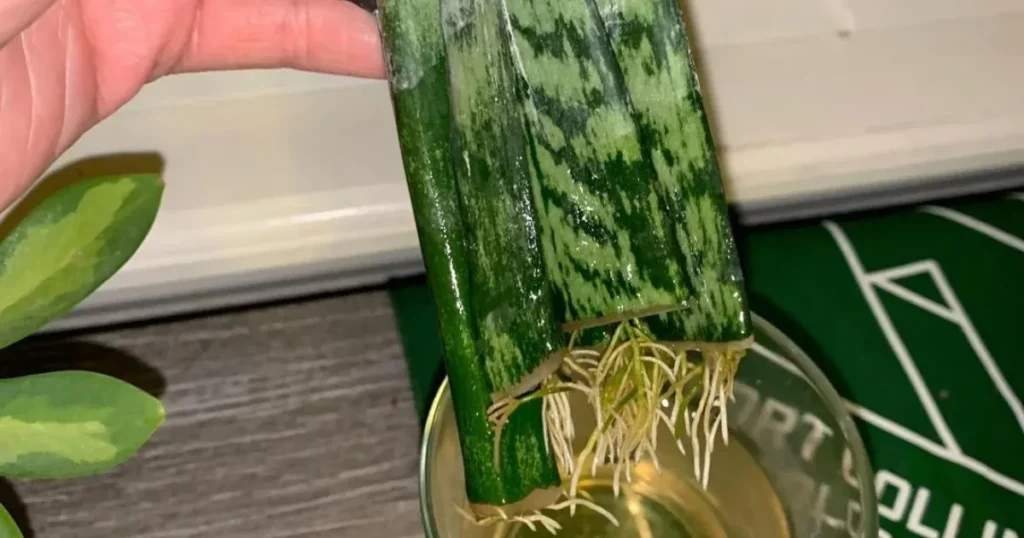
Repotting your snake plant isn’t really a big deal. All you need is to gather the necessary tools and start the process.
Gather these items before you start.
- New pot (1-2 inches bigger than the old one)
- Well-draining potting mix
- Small rocks or pebbles
- Gardening gloves
- Trowel or small shovel
- Scissors or pruning shears
Now, let’s get those cuttings into their new home:
- Step 1: Prep the new pot: Put a layer of small rocks at the bottom for drainage.
- Step 2: Add some soil: Fill the pot about 1/3 full with potting mix.
- Step 3: Remove the cutting: Gently take it out of its current container.
- Step 4: Check the roots: Trim any root that look dead or mushy.
- Step 5: Place in the new pot: Set the cutting in, making sure it’s at the same depth as before.
- Step 6: Fill with soil: Add more potting mix around the plant, pressing gently.
- Step 7: Water lightly: Give it a bit of water to help the soil settle.
- Step 8: Find a good spot: Place your repotted cutting in a spot with bright, indirect light.
For a more comprehensive idea, this video will help.
Pro Tips on Snake Plant Repotting
Potting involves more than simply following a set of instructions. It requires adequate aftercare, and the plant’s future is determined by the soil in its new pot. Let’s see what the experts had to say about these issues.
What’s the Best Soil for Snake Plants?
Snake plants like their soil on the dry side. A mix that drains well is key:
- Cactus or succulent mix: This is a great base.
- Perlite or sand: Add some to improve drainage.
- Regular potting soil: Mix in a bit for nutrients.
Best choice? Aim for a ratio of about 2 parts cactus mix, 1 part perlite, and 1 part potting soil.
How Often Should You Water After Repotting?
Easy does it with watering.
- First week: Hold off on watering to let any root damage heal.
- After that: Water when the top inch of soil feels dry.
- In general: Less is more. These plants hate wet feet.
How Do You Care for Your Snake Plant After Repotting?
Show your plant some love after the big move in the following way –
- Light: Bright, indirect light is best. They can handle some direct sun, but not too much.
- Water: Let the soil dry out between waterings.
- Fertilizer: Feed lightly during the growing season (spring and summer).
- Temperature: They’re happy in normal room temps, between 60-80°F.
- Humidity: Not picky, but they don’t mind a light misting now and then.
Recommended article: How to Care for Snake Plants
What Are Some Common Repotting Mistakes to Avoid?
Here are a few things to keep in mind when moving your snake plant to a new pot. Watch out for these pitfalls:
- Think “small and mighty”: A pot that’s too big can hold too much water, which can drown your plant’s roots. Choose a pot that’s only slightly larger than the root ball of your snake plant.
- Drainage is key: Just like you wouldn’t want to stand in a puddle all day, your snake plant’s roots don’t like sitting in water. Make sure your new pot has holes in the bottom to allow excess water to drain out.
- Give those roots some air: Don’t pack the soil in too tightly around the roots. They need a little breathing room to grow happy and healthy.
- Don’t be a repotting champion: Snake plants actually prefer to be a bit snug in their pots. They don’t need to be repotted very often, usually only every few years or when the roots start pushing out of the drainage holes.
Bonus tip: Regular potting mix can be a little too heavy for snake plants. Look for a well-draining cactus mix or add some perlite to your mix to create a lighter, airier soil for your new plant friend.
Can You Propagate Snake Plants While Repotting?
Absolutely! Repotting is a great time to make more while propagating Snake plants.
- Look for pups: Small offshoots at the base of the plant.
- Gently separate: Use clean, sharp scissors to cut them free.
- Pot them up: Give each pup its own small pot.
- Leaf cuttings: You can also cut a leaf into 2-3 inch sections and plant them.
Conclusion
Repotting snake plant cuttings might seem like a challenge at first, but there’s no need to sweat it! These tough plants are like the laid-back friends of the houseplant world.
Follow a few simple steps and give them a little care. Your cuttings will be on their way to becoming happy, healthy plants. Snake plants are superstars when it comes to resilience – they can handle a misstep or two.
So, find them a pot that feels like home with well-draining soil, and watch them transform into architectural beauties. They’ll reward you with years of lush green foliage, all without demanding constant attention.

